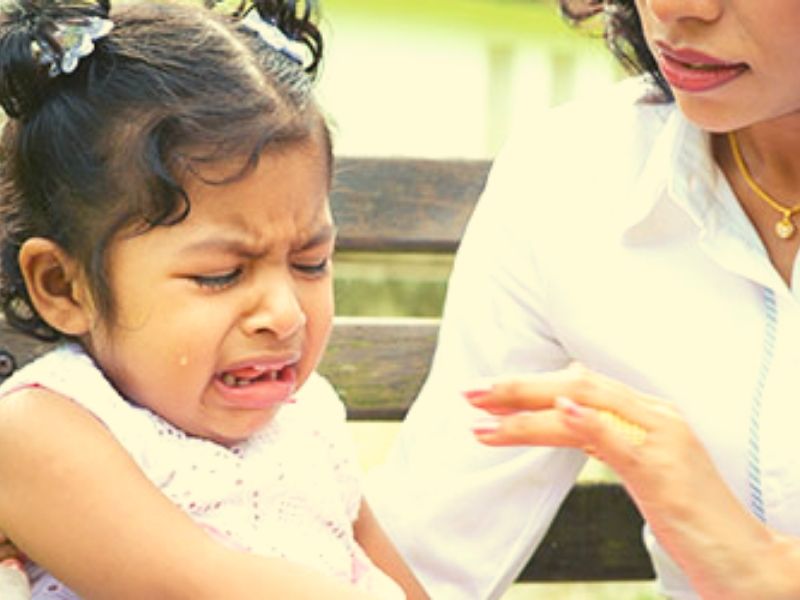Early childhood is the time when children begin to form personal and social relationships. Therefore it’s important for parents, grandparents and caregivers to encourage them to identify, express and manage their emotions positively – Diya Shivlikith Young children experience the same range of emotions as adults. They get angry, sad, happy, embarrassed, annoyed, etc. But unlike adults they don’t have the vocabulary to identify and express their emotions. They manifest their emotions by crying, throwing tantrums and expressing emotional outbursts. Given that early childhood is the time when children begin to form and develop personal and social relationships, it’s important that parents, grandparents and caregivers encourage them to identify, express and manage their emotions positively. This will enable them to develop into socially confident and emotionally balanced teens and adults. “Early childhood is a critical time for socio-emotional development. Young children experience a wide range of emotions as they interact with family, friends and the external world beyond home and hearth. It’s the duty of parents and care-givers to help children to express their emotions and canalise them positively and constructively. This will help them to develop empathy and respect for other people’s emotions while giving them the skillsets to face setbacks and challenges,” says Kanaga Lakshmi P, a Chennai-based psychologist. Here are some pointers for helping children to identify, express and manage their emotions positively. Identify the emotion. Preschool children should be given opportunities to identify, express and name their emotions. For instance when blowing soap bubbles, you could ask them if they are feeling happy. Show them a line of emoticons on your cell phone, and try to identify the emotions jointly, identifying the emotions they experience in differing situations. Responding the right way. Discuss the different ways they respond to varying sentiments. “Do you remember when you picked up the screwdriver, and mama became angry. Can you show mama her angry face?” Follow this with a discussion on the response. “Do you know what mama does when she gets angry? She closes her eyes and takes ten deep breaths. This helps her calm down, instead of shouting and yelling.” Explain that different people react differently to anger. Some yell at others, cry, fight, etc while others respond positively by calming down and ideating solutions for problems. Act it out. Plan a play or skit to enable children to express different types of emotions. It’s not easy to convince young children to stage a play. So look for opportunities to make them perform before an audience — an imminent family gathering, a birthday party, etc. Ideate a story idea in which characters express different moods and emotions and how problems are resolved through calm and constructive behaviour. Help them with the props, costumes and accessories. You could also film the play and share it online. Use media. Show pictures, books, or videos to explain varying emotions to children. Play ‘make a face’. Play ‘make a face’ game to convey different emotions. This will teach them to connect facial expressions…
Helping children to express and manage emotions
